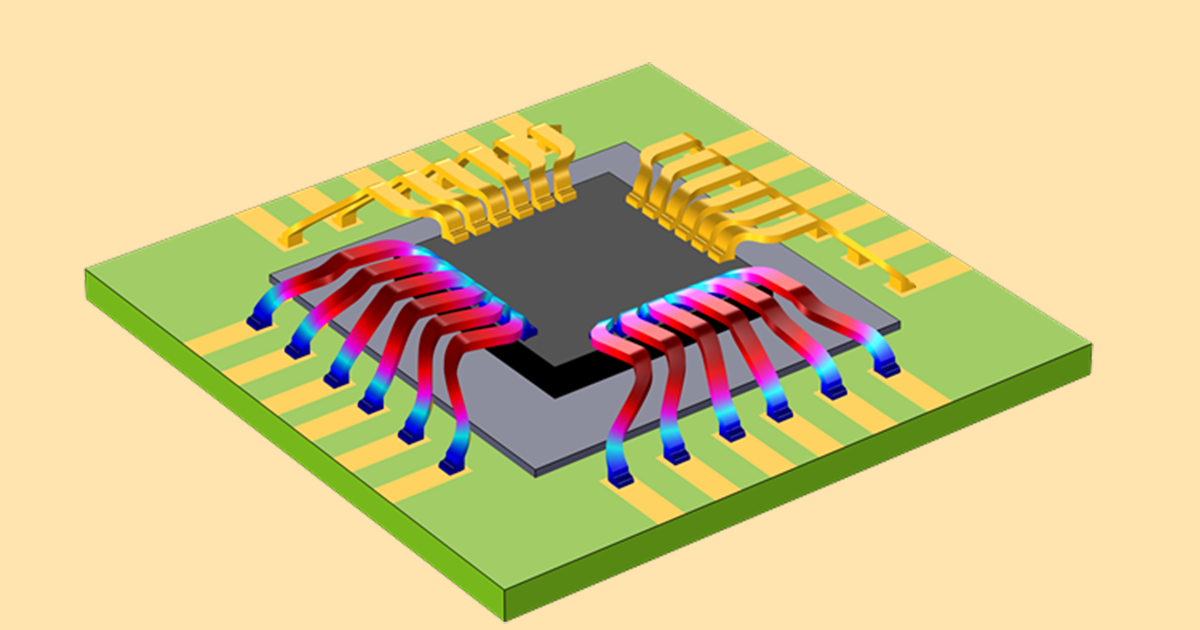

The solved model depicts the temperature profile of the fuse ranging from room temperature to the maximum temperature in the fuse.
#JOULE HEATING IN COMSOL 5.3 HOW TO#
The second chapter of the video series completes the simulation by demonstrating how to add the physics and solve the model. As you will see, the material properties are selected from the built-in Material Library, but you could also use your own material or even experimental data from an external source, such as Excel®. Copper lines or traces feed the fuse, which is made of aluminum, and we. Chapter 1 walks you through building the model and adding the appropriate materials and their properties. In these tutorials, Linus Andersson from the Global Technical Support Team here at COMSOL will show you how to couple the direct current electrical current in a fuse on a circuit board to the heat transfer in it and the surrounding system. Copper lines or traces feed the fuse, which is made of aluminum, and we’re interested in if we will exceed the melting-point of aluminum (933 Kelvin), or if the convection cooling will be adequate. In these tutorials, Linus Andersson from the Global Technical Support Team here at COMSOL will show you how to couple the direct current electrical current in a fuse on a circuit board to the heat transfer in it and the surrounding system. The 2-chapter video tutorial demonstrates how to model the Joule heating of a fuse, seeking to answer the question: “Will it blow?”. Here, we’ve produced a video resource for you to see how you can effectively simulate Joule heating using COMSOL Multiphysics. COMSOL eases these challenges by providing a specialized multiphysics interface for Joule heating, allowing for quick and easy definition of the phenomenon and even includes the ability to model convection for removing the heat. The design challenge is to remove this heat as effectively as possible.

When a structure is heated by electric currents, the device can reach high temperatures and either structurally degenerate or even melt.

Some Joule heating examples include heating of conductors in electronics, fuses, electric heaters, and power lines. One of the classic multiphysics couplings in engineering and science is Joule heating, also called resistive heating or ohmic heating.


 0 kommentar(er)
0 kommentar(er)
